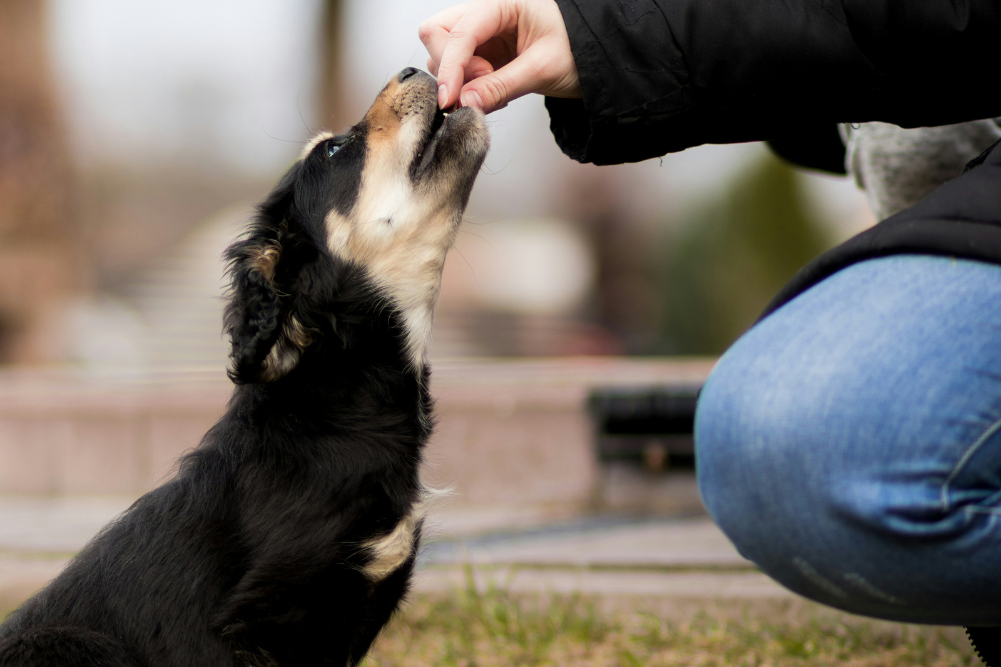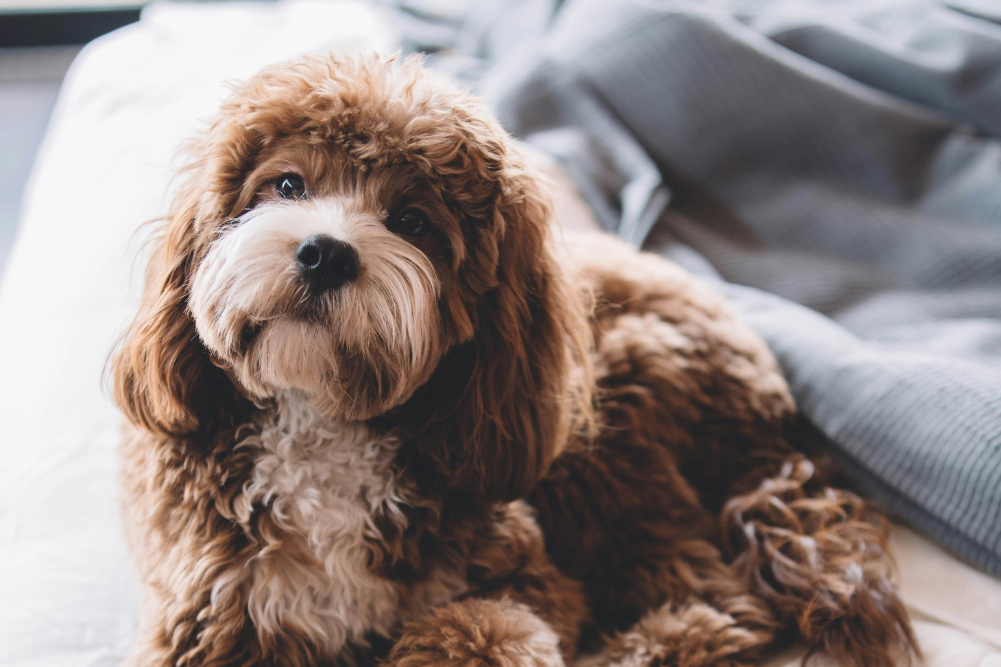What causes a yeast infection in dogs?
If your dog smells more “doggy” than usual, it may be because he or she has a yeast infection. Yeast infections in dogs are usually due to Malassezia pachydermatis. This yeast is actually part of the normal population of micro-organisms found on your dog’s skin but, in certain conditions, the numbers will increase.
So what causes yeast infections in dogs? Anything that alters the microenvironment in the skin and/or ears. These can be allergies to food, inhaled allergens, or flea or contact allergies. We may also see them after long or repeated courses of antibiotics or immune-suppressing medications, and in dogs with underlying immune imbalances or hormone problems.
[Yeast infection] is also responsible for dogs obsessively licking feet, rubbing their faces on the carpet and skating their backsides along the floor; it may be seen in the genital areas, under armpits and around the base of the tail.
The most common place we find this infection is in the ears, but it’s also responsible for dogs obsessively licking feet, rubbing their faces on the carpet and skating their backsides along the floor; it may be seen in the genital areas, under armpits and around the base of the tail.
In traditional Chinese medicine (TCM), yeast infections, with their strong “sweet cheesy” smell, intense itch, red skin and yellow greasy crusts are regarded as Damp and Heat invasion. A significant cause of these is spleen qi deficiency, possibly due to the feeding of too much or inappropriate foods. Foods that clog up the spleen include processed foods and foods high in carbohydrates. This may make sense, because Malassezia pachydermatis has been shown to assimilate carbohydrate as an energy source.
Common “allergens” for dogs include beef, chicken, wheat, corn and soy, but sensitive dogs may become reactive to any component of their diets (I have had a patient that became intensely itchy after eating broccoli!). Dysbiosis and leaky gut may also play a role in malassezia infections in dogs.
Treatment
Treatment of these infections can take some time and may require a combination of conventional and natural strategies. Diet change is vital. We recommend a move away from processed dog food and on to a real-food diet, raw preferred. As much as possible, reduce or eliminate grains and even non-grain carbohydrates, like potatoes, sweet potato and tapioca. You will need to consult a vet experienced in natural nutrition to help work out a feeding plan that’s balanced and has sufficient variety for your dog.
Diets can be supplemented with essential fatty acids, zinc, vitamin E, and liver as a source of vitamin A for skin health. Probiotics and digestive enzymes may be used to support digestive health and treat dysbiosis and leaky gut. Watch for good, regular bowl motions and lack of flatulence as a sign of a healthy gut.
So diet changes will help prevent more yeast infections, but we also need to treat the existing infections. This involves a combination of cleaning away greasy exudates, disinfection to eliminate yeast, reducing inflammation, allowing healing to take place, and leaving the skin dry and clean.
Since your dog’s ears and skin are irritated and painful, cleaning can be a challenge. Medicated shampoos can help but can also be more irritating. These will dry your dog’s skin and must be followed by a conditioner. If using these, rub them gently into affected greasy areas and allow them to stay on for 10 minutes before rinsing off. You’ll need to shampoo your dog at least twice weekly.
A gentler approach might be to use a soap-free shampoo to cleanse the skin and remove scale and crusts. Follow washing with a rinse, to leave skin dry. Use green or black tea, mixed with some apple cider vinegar and a few drops of tea-tree oil. Tea-tree oil can be toxic to cats and small dogs, so take care. Witch-hazel tea or calendula tea can also be used.
Apply soothing aloe vera to the most affected areas after rinsing and gently drying. Thuja-infused evening primrose oil can be used to moisten thick, dry skin after cleansing.
Ears will also need to be treated. Initially, when they are red and inflamed, cleaning may be almost impossible. This is where conventional medications containing anti-inflammatories will need to be used, but should only be used for a short time. Once ears have calmed down, they must be cleaned to remove greasy exudates. Conventional ear cleaners with a drying effect may be used, but can be too irritating for some dogs. A gentle natural ear cleaner can be made with diluted apple cider vinegar, but again vinegar may irritate painful ears. Make sure your vet has examined your dog’s ears first to ensure the ear drum is intact before applying anything internally.
Traditional Chinese herbal formulae, prescribed according to your dog’s needs, will assist elimination of chronic yeast infections. Western herbs that may be used include nettle leaf to relieve itch, astragalus or medicinal mushrooms for immune balance, burdock as a cleanser, pau d’arco as an anti-fungal and St John’s wort as an anti-inflammatory (check with your vet if your dog takes medication or has other health issues).
Chronic yeast infections may need a few months, and persistence, to significantly improve.








